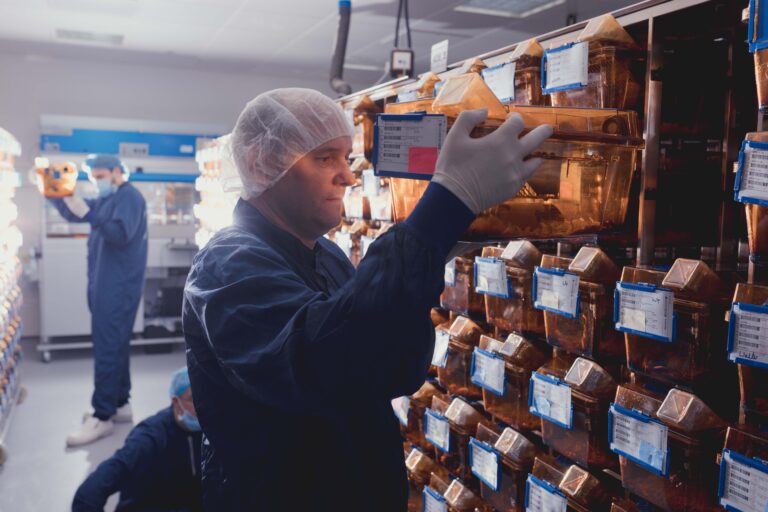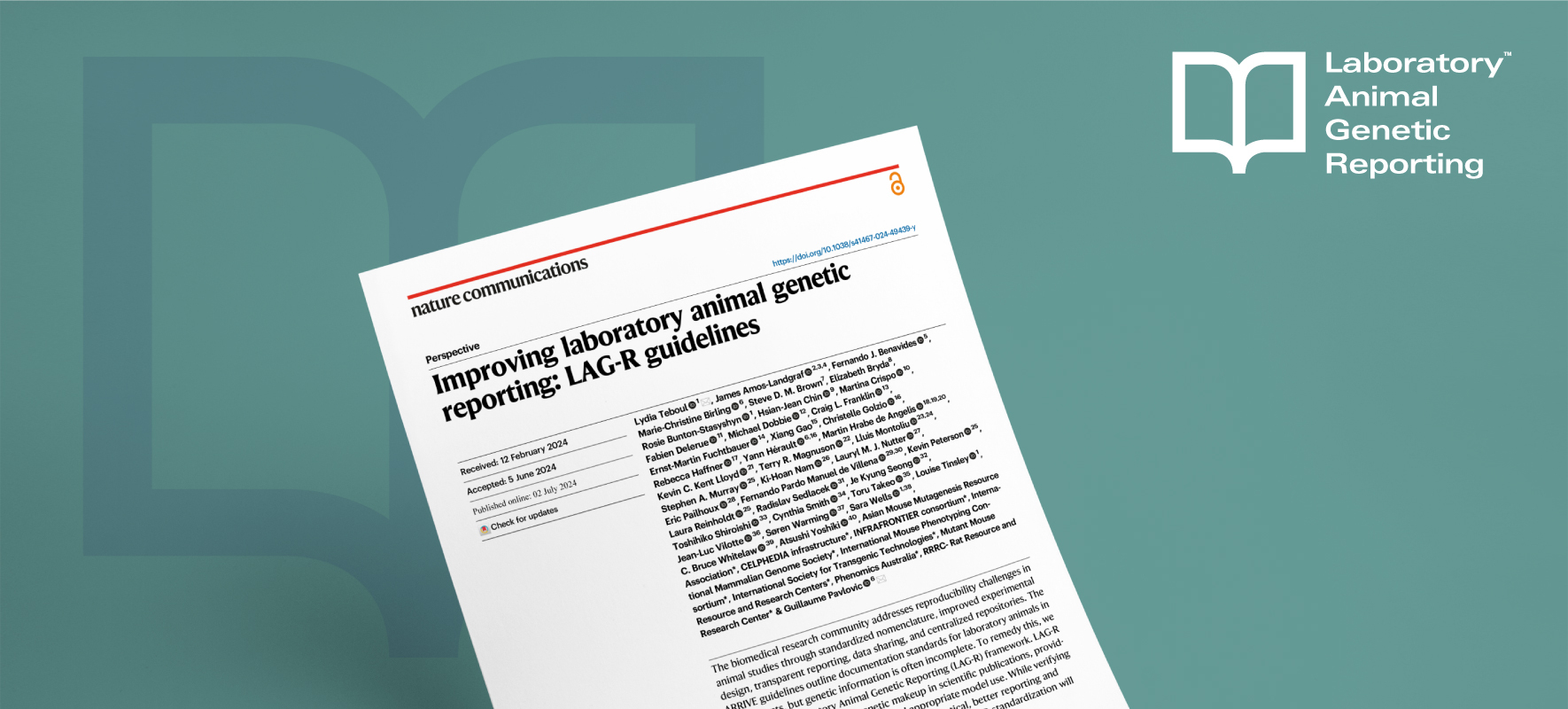Light quality has long been overlooked as a welfare issue in animal housing, despite the importance of circadian biology in many aspects of physiology and the accepted differences in how different animals perceive light. Mary Lyon Centre Director Sara Wells is part of a collaborative team that has now published a Consensus View article in PLOS Biology, which makes suggestions for a new system of light measurement and for standardisation of light levels and quality. These suggestions aim to improve the quality of data obtained and to benefit the welfare of the animals.
As well as enabling us to see, light exerts widespread effects on physiology and behaviour, including the regulation of circadian rhythms, sleep, hormone synthesis, and cognitive processes. Our bodies have an internal clock that aligns with the 24-hour day primarily because of exposure to light at the correct times to regularly reset the clock so that it doesn’t run fast or slow. This is primarily mediated via the light-sensitive cells at the back of the eye, so any differences in the photoreceptors or photopigments present in different animals will impact their experience of light.
Light is defined as the portion of the electromagnetic spectrum that is visible to the human eye. The SI unit for light is the candela, which quantifies light according to its apparent brightness for a standard human observer. This is because light varies, not only in total energy but also in how that energy is distributed across the spectrum, and our eyes aren’t equally sensitive to all wavelengths, so just measuring total energy can’t predict the apparent brightness that we see. This human-centric system of measurement is a problem considering that mice don’t have the same sensitivity across the spectrum as humans, so a light that is bright for us might be less so for a mouse, which could impact both their vision and their circadian biology.
To address this problem, Robert Lucas at the University of Manchester and Stuart Peirson at the University of Oxford convened a 3rd International Workshop on Circadian and Neurophysiological Photometry in Manchester last year. The goals of the workshop were to agree on measures to replace our current units for the measurement of light for laboratory mammals, to consider the tools required to make measurement with these units widely available, and to provide quantitative recommendations for healthy light exposure during the day and at night.
As a measurement of light, the group selected a recently standardised system called α-opic irradiance, in which light is quantified according to its effective intensity for each retinal photopigment separately. As each photopigment has its own sensitivity across the electromagnetic spectrum, the effective brightness of light detected by different photopigments will be distinct. Our full experience of the brightness of light is then a product of the combination of photopigments in our eyes. This means that although this system was developed in humans, it can be easily extended to other animals as long as we know what photopigments are present and what their spectral sensitivities are, which is data that exists for most species. Then the α-opic irradiance value can be calculated by combining the measurement we can take of the energy profile of any light source with the known sensitivities of the relevant photopigments.
The group also provide some quantitative recommendations for appropriate light exposure during the day and at night. They based their recommendations on the natural light exposure that animals receive in nature, with an overnight upper limit based on moonlight. They also suggested that dim red lighting could be used for night-time monitoring and welfare checks; mice are less sensitive than us to red light, so although it might appear bright to us, it may fall below the recommended nocturnal light exposure limit. For daytime, the group suggest a low limit based on providing sufficient light for correct tuning of the circadian clock, while also taking into account the fact that several commonly used mouse strains have outer retinal degeneration. They recommend that brighter light is preferable, as long as the animals have the opportunity to avoid the light, but don’t provide a recommended upper limit, as lighting in animal facilities will always be dimmer than daylight, and therefore is likely to fall within the range of natural light exposure.
To support labs in standardising appropriate light levels, the group have shared online tools that allow calculation of α-opic irradiance and they recommend the development of light meters that provide α-opic irradiance readings. Although the animal welfare implications of inappropriate light quality in animal facilities hasn’t been specifically evaluated (because until now there hasn’t been a way of measuring it!), it is known that disruption of circadian rhythms is detrimental to health and there is a clear ethical requirement that we try to approximate the animal’s experience of natural light. Therefore, to improve the quality of data obtained from the use of animals and to benefit their welfare, light should no longer be overlooked as an environmental parameter.
The Mary Lyon Centre is proactively committed to implementing the 3Rs – the refinement, reduction, and replacement of the use of animals in research. You can read more about our work to ensure the welfare of our animals on our Welfare page.



